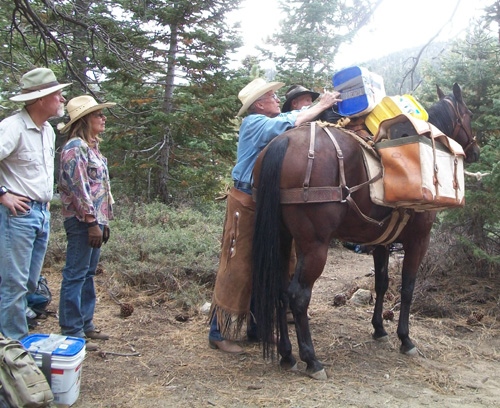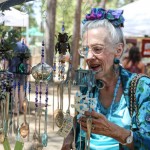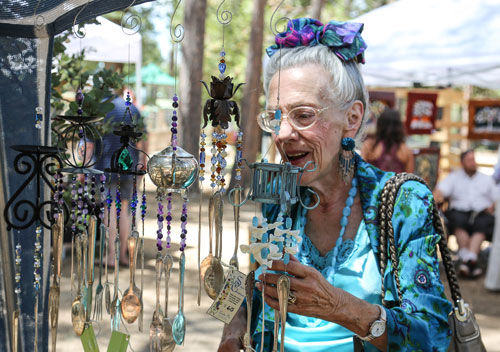
Ron Korman and members of the Red Shank Riders, part of the statewide organization Backcountry Horsemen of California, are assisting the San Diego Natural History Museum in its centennial survey of the San Jacinto Mountains’ vertebrate wildlife. The original survey was conducted in 1908 before urbanization had significantly affected and altered mountain habitat. The museum’s resurvey, 100 years later, began in 2008 and is designed to compare what vertebrate wildlife the 1908 team found with what exists today and compare habitats, then and now.
From May to December in 1908, Joseph Grinnell, Harry Swarth, Charles Richardson and Walter Taylor surveyed 19 sites in the local mountains. They roamed from Valle Vista to the mouth of Palm Canyon and ascended through Round Valley to the summit of Mt. San Jacinto. The team represented the newly organized Museum of Vertebrate Zoology of the University of California, Berkeley, and the team’s survey was the first of its kind in the San Jacintos.
On this centennial resurvey, scientists from the San Diego Natural History Museum are visiting all 19 original survey sites, where they will spend a week in each location to record their findings. Today, all but three sites are accessible by vehicles.
The three that are not (Tahquitz Valley and Round Valley in the San Jacinto wilderness, and Little Paradise in Palm Canyon) require methods of ingress and egress similar to those employed by the 1908 team — on foot or with horses, riders and pack animals.
The Red Shank Riders are literally part of the pack animal train for this resurvey, Korman said. Members transport the survey scientists’ gear to the horse-accessible sites and retrieve it the next week in another pack trip. They ride in with equipment and supplies on a Sunday and return again the next Saturday to break down and pack out. So far the group has completed seven museum supply trips and has two more to complete early next year.
“We’re taking in food, supplies, collection gear, nets and cameras that the scientists need,” said Korman. “Then the researchers stay for a week.”
On the most recent ride, Sept. 22, the nine riders had 10 pack animals. The ride took about seven hours — in and out plus unloading.
“It was pretty steep terrain,” said Korman, explaining that footing for the horses was difficult in some of the areas crossed. Of the assistance Red Shank Riders provide the museum scientists and staff, Korman said, “They’ve been very good to work with so we’re happy to assist them.”
Philip Unitt, curator of the museum’s department of birds and mammals, summarized some of the findings of the resurvey. Unitt noted that the populations of 33 bird species have increased since 1908 and 25 species have decreased in numbers, of which 11 have completely disappeared from sampled areas.
“The new colonists have come from all directions, such as the red shouldered hawk spreading inland from the coast, the American robin and hermit thrush spreading south from the San Bernardino Mountains, and the white winged dove coming up from the desert. … Mammals whose ranges have changed notably since 1908 are the Dulzura kangaroo rat, cactus mouse and desert cottontail, all of which have spread upslope. … Two game species, the mule deer and band tailed pigeon have increased. Among reptiles the gopher snake appears to have increased while the collared lizard has decreased.” Unitt also noted that a new habitat, along Willow Creek, was found for the endangered yellow-legged frog.
The purpose of the resurvey, which Red Shank Riders will continue to assist, is largely to discover and reveal what species may be in need of conservation concerns and protection.
Red Shank Riders plan two support trips in 2013 — one when 25 members will take the Palm Springs Aerial Tramway to the mountaintop station and hike in with scientists’ gear from Long Valley to Round Valley. The second spring trip is another pack trip into Little Paradise in the Pinyon area.













